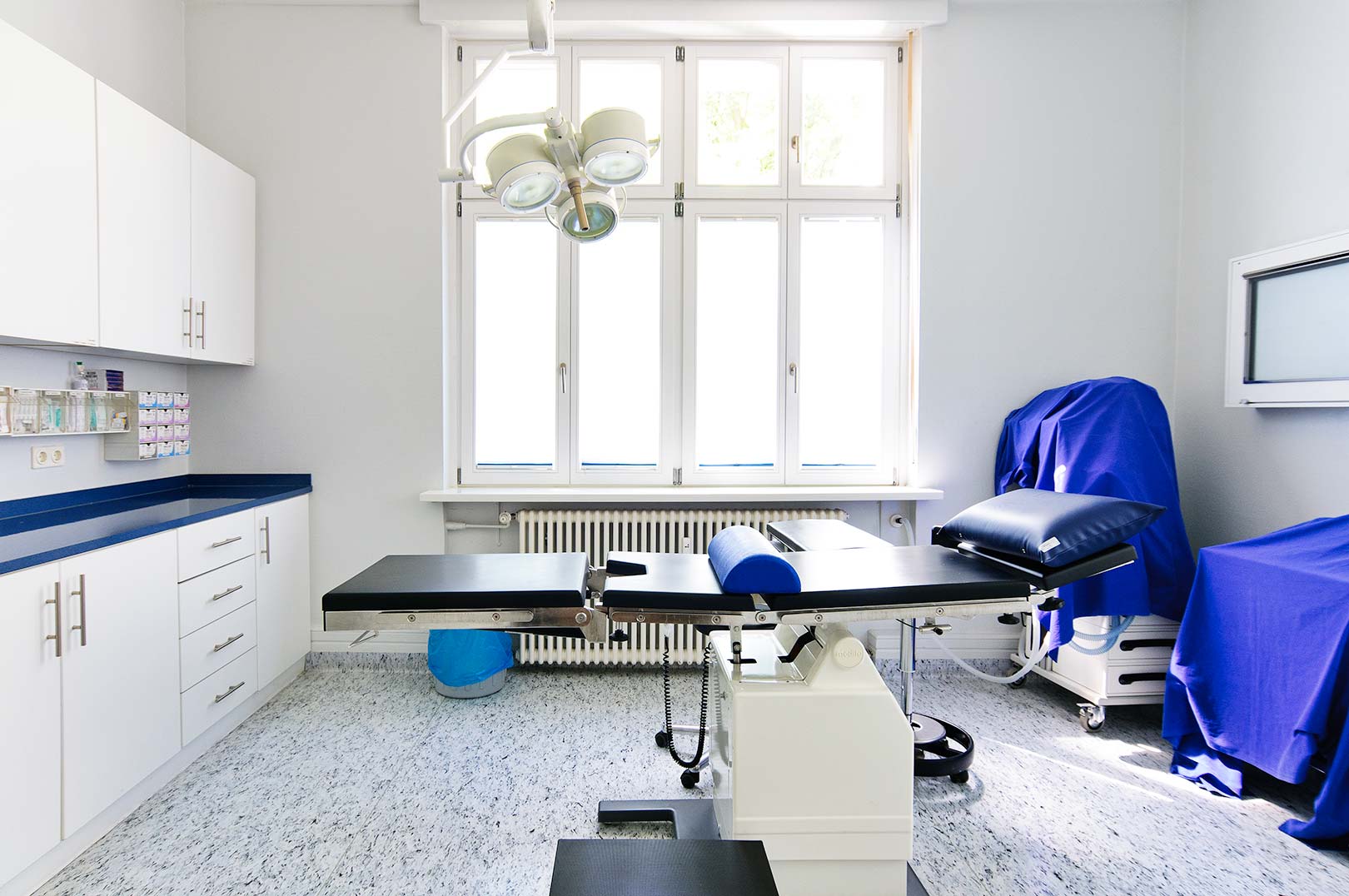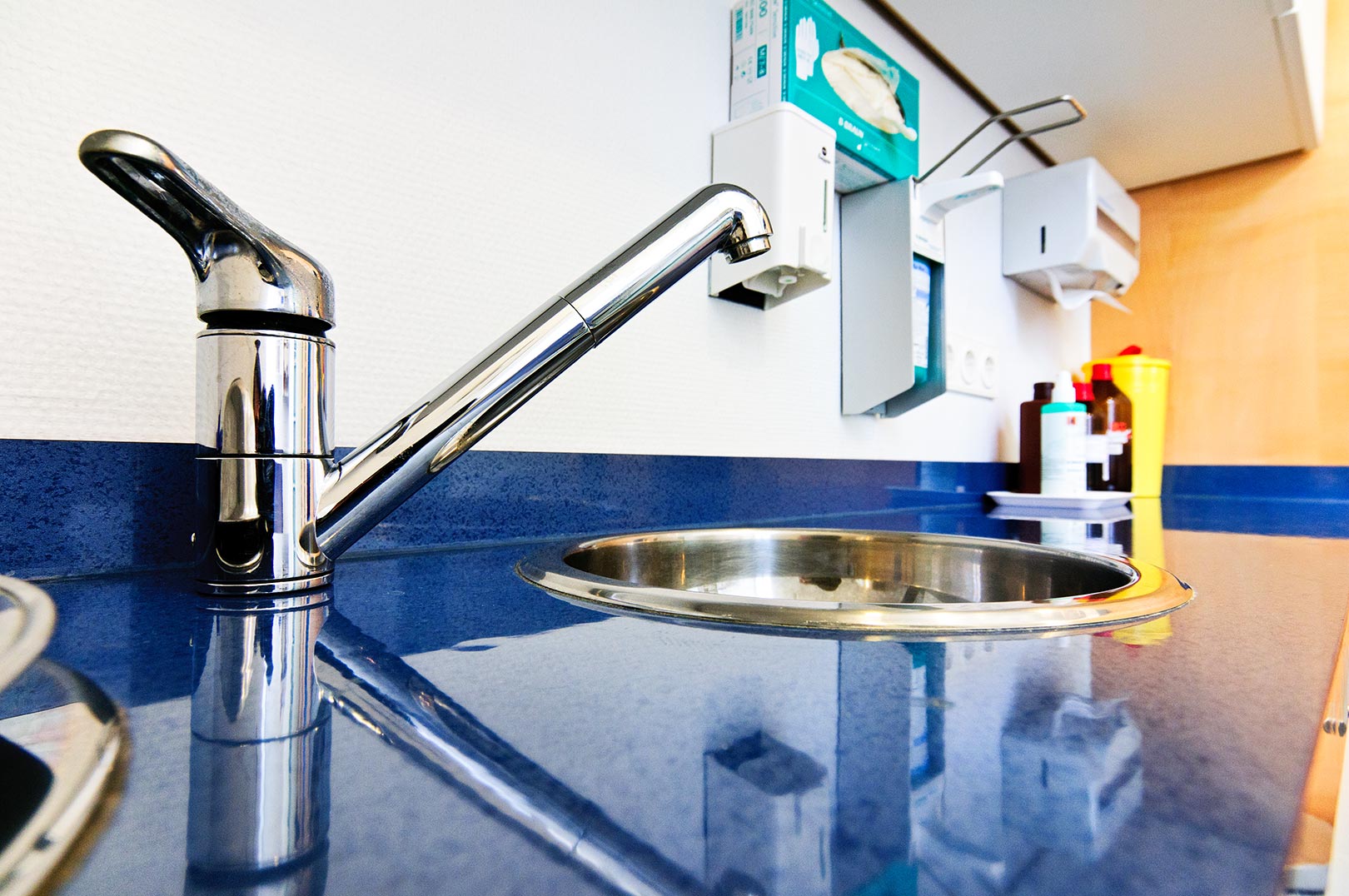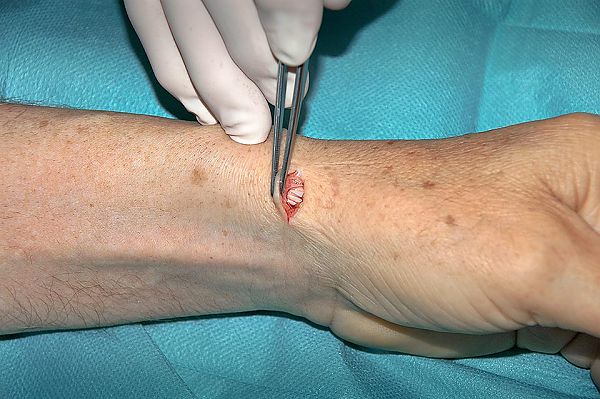De Quervain's Disease
Tendons pass to the thumb via a tight tunnel (sheath) as they cross the wrist joint. The sheath is formed by a strap-like ligament and is lined by a layer of tissue (tenosynovium) that allows the tendons to glide. De Quervain's tenosynovitis (tenovaginitis) is due to thickening of a localised segment of the sheath, which tightens the tunnel. Despite its name, it is a degenerative rather than inflammatory process.
Its symptoms are pain and tenderness on the side of the wrist, which are particularly aggravated by use or movement of the thumb. Physical signs include swelling, which can extend into the forearm, tenderness and a grating sensation when the thumb is moved. Downward deviation of the wrist, with the thumb held clasped in the palm, typically causes discomfort (Finkelstein's test).
There are a number of non-surgical ways of treating the condition at least for a certain time, which may be combined. The available evidence shows that steroid injection is the most effective treatment with about 70% of patients responding and will reduce symptoms for about 6 weeks.
Rest
It is important to limit aggravating activities as much as possible to allow the problem to settle whatever other treatment is provided.
Physiotherapy
Treatments such as massage, ultrasound, heat can help symptoms but may not contribute to the speed of recovery.
Splint
This can be helpful in reducing discomfort but will only be effective if it passes from above the wrist to the thumb.
Steroid injection
Injection of the sheath is very effective in relieving the problem for a couple of weeks. It has no general side-effects but it can cause thinning and/or discolouration of the skin on the wrist, particularly if repeated. Therefore two injections are the maximum.
Surgery
Sooner or later the problem has to be solved by surgical release of the sheath.
The operation is usually performed under Regional anaesthesia. The hand will be dressed with a supportive dressing that permits finger movement and light hand use. You will be discharged with specific instructions relating to hand exercises and wound care. No stitches havt to be removed after your operation. You can drive a car within one day as long as you are comfortable and have regained full finger movements. Timing of your return to work is variable according to your occupation and you should discuss this. There are a number of potential complications.
Complications
Infection
Any operation can be followed by infection and this would be treated with antibiotics.
Scar
You will have a scar on the wrist (2cm). This will be somewhat firm to touch and tender for 6-8 weeks. This can be helped by massaging the area firmly with the moisturizing cream.
Neuroma
Small nerves running in the region can be damaged during the surgery and form a painful spot in the scar (neuroma). This complication is unusual but may require a further operation to correct.
Stiffness
Inevitably, the wrist will be stiff after the dressing is removed, however, this will disappear with use after 1-2 weeks. About 1% of people are sensitive to hand surgery and their hand may become swollen, painful and stiff after any operation (algodystrophy). This problem cannot be predicted but will be watched for afterwards and treated with physiotherapy.
Tendon
The operation can sometimes cause the thumb tendons to move from side to side when the wrist is bent. This is usually no more than irritating and does not affect their function.



